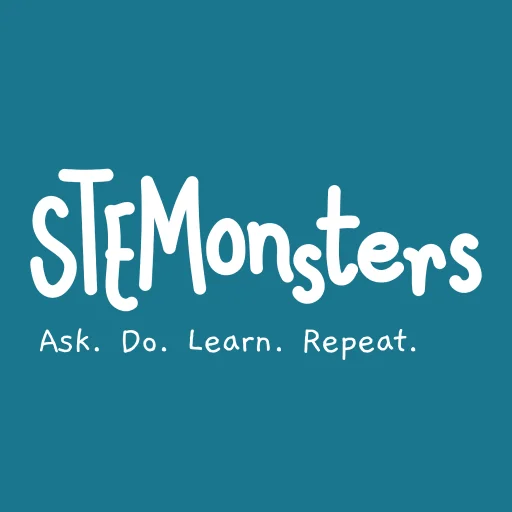Introduction to Quantum Mechanics
Unveiling the Quantum Universe
This interactive guide transforms a quantum mechanics lesson plan into a hands-on journey. Explore the core concepts that power our modern world, from the smallest particles to the most advanced technologies. Select a lesson below to begin your exploration.
Lesson 1: The Energetic Dance of Light and Particles
Core Concepts:
This lesson introduces energy quantization: the idea that energy at the quantum level comes in discrete packets, or "quanta." We explore photons (particles of light) and electrons, and the fundamental relationship between a photon's energy and its frequency (color), described by Planck's equation E=hf.
Learning Outcomes:
- Understand that energy is quantized.
- Relate light's color to its energy.
- See experimental evidence for quantization.
Experiment: Quantizing Light with LEDs
This chart visualizes how different colored LEDs require a different minimum voltage (energy) to light up. This demonstrates that photon energy is quantized. Hover over points to see the values.
Real-World Applications:
Solar Panels
Harness the photoelectric effect, where photons with enough quantized energy knock electrons free, creating electric current.
Lasers
Operate by controlling how electrons jump between quantized energy levels in atoms to release a coherent beam of photons.
Lesson 2: The Curious Case of Waves and Particles
Core Concepts:
This lesson explores wave-particle duality, the bizarre reality that quantum objects like electrons can behave as both particles and waves. The famous double-slit experiment demonstrates this by showing that particles, like waves, can interfere with themselves.
Learning Outcomes:
- Define wave-particle duality.
- Describe interference patterns.
- Explain the double-slit experiment's significance.
Experiment: Double-Slit Interference
Simulate the double-slit experiment. Observe the pattern created when light passes through one or two slits. The interference pattern with two slits open proves the wave-like nature of light.
Real-World Application:
Electron Microscopes
Utilize the wave properties of electrons. Their very short wavelength allows for much higher resolution imaging than traditional light microscopes, letting us see individual atoms.
Lesson 3: Superposition
Core Concepts:
Superposition is the principle that a quantum system can be in multiple states at the same time. It's like a spinning coin being both heads and tails at once. Only when we measure it does it "collapse" into a single, definite state.
Learning Outcomes:
- Define superposition.
- Understand quantum states as probabilities.
- Explain the role of measurement.
Experiment: Light Polarization
Two crossed polarizers block all light. But what happens if you add a third, diagonal filter in between? Click the button to find out!
Real-World Application:
Quantum Computing (Qubits)
Unlike classical bits (0 or 1), quantum bits or "qubits" can be 0, 1, or both at the same time thanks to superposition. This allows quantum computers to process vast amounts of information simultaneously.
Lesson 4: Entanglement
Core Concepts:
Entanglement is a "spooky" connection where two particles become linked. Measuring the state of one particle instantly influences the state of the other, no matter how far apart they are. Their fates are intertwined.
Learning Outcomes:
- Define quantum entanglement.
- Differentiate quantum vs. classical correlation.
- Understand its role in new technologies.
Analogy: Correlation vs. Entanglement
Explore the difference between classical correlation (like knowing you have the other sock) and true quantum entanglement.
Classical Socks
One red sock, one blue. The colors are pre-determined.
Entangled Coins
The outcomes aren't set until one is measured.
Real-World Applications:
Quantum Cryptography
Entanglement can be used to create unhackable communication. Any attempt to eavesdrop on the linked particles instantly breaks the entanglement, alerting the users.
Lesson 5: Uncertainty & Tunneling
Core Concepts:
The **Heisenberg Uncertainty Principle** states there's a fundamental limit to how precisely we can know certain pairs of properties, like a particle's position and momentum. **Quantum Tunneling** is a phenomenon where a particle can pass through a barrier it classically shouldn't have enough energy to overcome.
Learning Outcomes:
- State the Uncertainty Principle.
- Define quantum tunneling.
- Identify technologies that use these principles.
Analogy: Quantum Tunneling
Classically, a ball can't get over a hill without enough energy. In the quantum world, there's a chance it can "tunnel" through. Click to see if the particle tunnels!
Real-World Applications:
Scanning Tunneling Microscopes
Use quantum tunneling of electrons to create images of surfaces at the atomic level.
Nuclear Fusion in the Sun
Protons in the Sun's core tunnel through their mutual electrical repulsion to fuse together, releasing immense energy.

